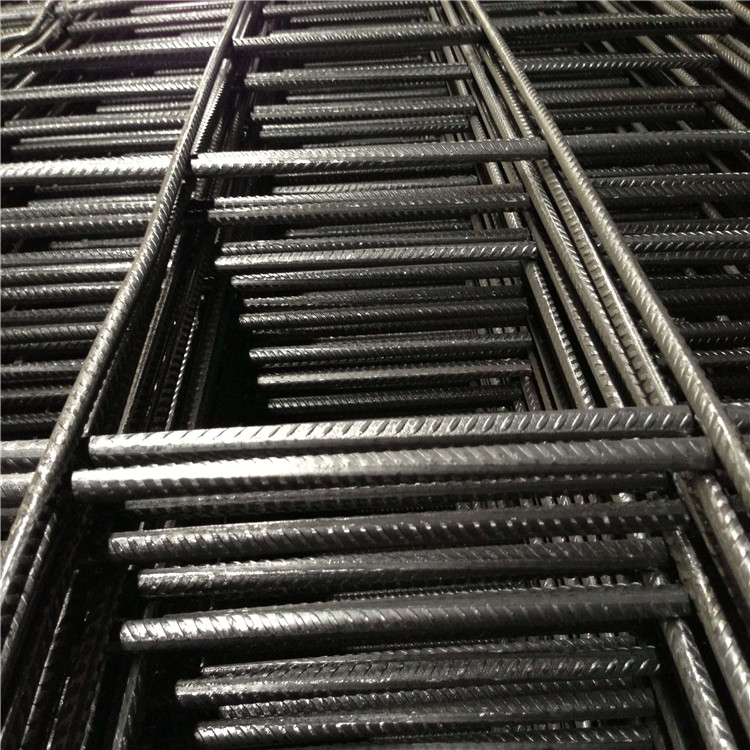Related Posts
 Knowledge of Steel Coil Tolerances: What Every Buyer Should KnowUnderstanding steel coil tolerances can save you time, money, and major headaches—especially when sourcing precision materials from trusted suppliers like TAIGANG METAL.
Knowledge of Steel Coil Tolerances: What Every Buyer Should KnowUnderstanding steel coil tolerances can save you time, money, and major headaches—especially when sourcing precision materials from trusted suppliers like TAIGANG METAL. The Biggest Challenges Facing the Global Steel Supply Chain in 2025As we roll through 2025, the global steel supply chain is hitting some serious speed bumps—let’s break down what’s going on and how industry leaders like TAIGANG STEEL are helping buyers stay steady.
The Biggest Challenges Facing the Global Steel Supply Chain in 2025As we roll through 2025, the global steel supply chain is hitting some serious speed bumps—let’s break down what’s going on and how industry leaders like TAIGANG STEEL are helping buyers stay steady. How to Identify Quality Steel: Tips for New Buyers and Project ManagersThis article walks new buyers and project managers through simple but crucial ways to spot high-quality steel—featuring tips and an introduction to TAIGANG STEEL’s trusted materials.
How to Identify Quality Steel: Tips for New Buyers and Project ManagersThis article walks new buyers and project managers through simple but crucial ways to spot high-quality steel—featuring tips and an introduction to TAIGANG STEEL’s trusted materials. How to Choose the Right Carbon Steel for Your ProjectSelecting the right type of carbon steel for your project is crucial for ensuring durability, performance, and cost-effectiveness. In this article, we’ll guide you through the process of choosing the ideal carbon steel and introduce TAIGANG STEEL’s carbon steel as the best option for your needs.
How to Choose the Right Carbon Steel for Your ProjectSelecting the right type of carbon steel for your project is crucial for ensuring durability, performance, and cost-effectiveness. In this article, we’ll guide you through the process of choosing the ideal carbon steel and introduce TAIGANG STEEL’s carbon steel as the best option for your needs. Global Steel Prices in 2025: What Buyers and Exporters Need to KnowSteel prices are shifting gears in 2025—and if you’re buying or exporting, knowing the trends (and working with reliable suppliers like TAIGANG STEEL) could make all the difference.
Global Steel Prices in 2025: What Buyers and Exporters Need to KnowSteel prices are shifting gears in 2025—and if you’re buying or exporting, knowing the trends (and working with reliable suppliers like TAIGANG STEEL) could make all the difference.

Rebar is almost always made from steel, which has excellent tensile properties relative to concrete. Interestingly, it is commonly made from recycled steel such as old cars, appliances, and machinery that are melted down with electric arc furnaces, cooled in the form of billets, and then stored. Once the billets are ready to be used for making rebar, they are reheated to an elevated temperature (but below their melting temperature) and are fed rapidly through a series of extrusion tools. The different stages of extrusion tooling continue to neck down the steel billet into smaller and smaller diameter rods until the desired rebar diameter is achieved. A set of tooling creates the deformations needed to prevent slippage within the concrete. The rebar is then sheared to the desired length.
How does rebar work?
The tensile strength of the steel rebar complements the compressive strength of concrete to create structures that have a blend of both types of strength. This reduces the risk of fractures and allows the structure to better withstand movements and forces that might otherwise cause a concrete structure to fail.
Rebar is often laid in a grid pattern. This means that different segments of rebar are placed parallel and perpendicular to one another so that it can withstand tensile forces from many directions. The deformations on the exterior of the rebar ensure that the rebar does not slip out of the concrete structure. Sometimes rebar is bent at the ends to further anchor it in place within a concrete structure.
Where is rebar used?
Rebar is used in most concrete structures. Common examples include:
High-rise buildings
Parking ramps
Concrete piers
Bridges
Foundations
- Thick roads and driveways
NEED HELP?
We are always here to help
If you are interested in our company and our products, you can also communicate with us through request form submission, send email, call us!
Taigang will be happy to provide you with some product information and application knowledge, as well as the the 24 hours quick response.





